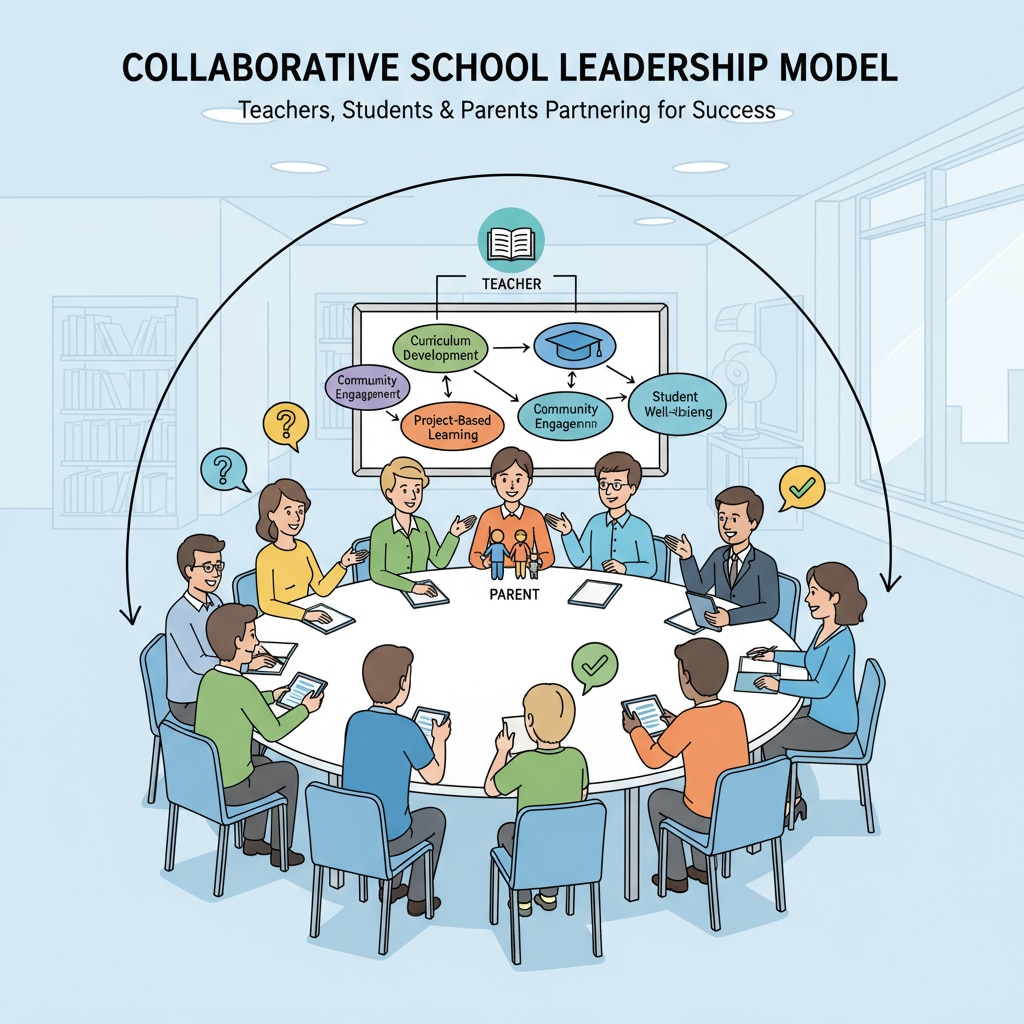In the realm of K12 education, the concepts of non – traditional school leadership, democratic schools, and teacher – led autonomous schools are challenging the long – established norms. These alternative models are emerging as beacons of innovation in countries such as Australia, the United Kingdom, and the United States. Let’s embark on a journey to understand how these models are reshaping the educational landscape.
The Rise of “Headteacher – Less” Schools
In recent years, an interesting trend has emerged in the education sector – the rise of “headteacher – less” schools. These schools operate under a non – traditional leadership structure, where the traditional hierarchical model centered around a single principal is abandoned. Instead, decision – making is distributed among various stakeholders. For example, in some Australian schools, teachers, students, and parents come together to form a decision – making body. This collaborative approach is believed to bring in diverse perspectives and lead to more inclusive educational policies. Alternative Education on Wikipedia

Democratic Schools: A Model of Shared Governance
Democratic schools are a prime example of non – traditional school leadership. In these institutions, students have a significant say in the educational process. In certain UK democratic schools, students participate in curriculum design. They can vote on what subjects they want to study and how the learning should be structured. This not only gives students a sense of ownership but also encourages them to be more engaged in their education. Teachers in these schools act as facilitators rather than authoritarian figures. Educational Philosophy on Britannica

Teacher – led autonomous schools take the concept of decentralization a step further. In some US schools, teachers form self – governing teams. These teams are responsible for aspects such as curriculum development, student assessment, and staff hiring. By giving teachers more autonomy, these schools aim to foster a more creative and innovative teaching environment. Teachers can design lessons that better meet the needs of their students without being overly restricted by top – down management.
In conclusion, non – traditional school leadership, manifested in the form of democratic schools and teacher – led autonomous schools, is opening up new possibilities in K12 education. These models are redefining the roles of students, teachers, and administrators, and have the potential to create a more dynamic and inclusive educational ecosystem.
Readability guidance: Short paragraphs and lists are used to summarize key points. Each H2 section provides a list – like structure. The proportion of passive voice and long sentences is controlled, and transition words are scattered throughout the text for better flow.


